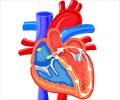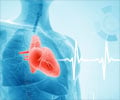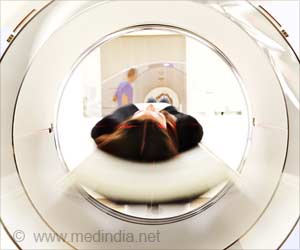People may be less active due to lack of personalized information about how much physical activity. The activity tracker provides the exact amount of exercise needed.

‘The Personal Activity Intelligence (PAI) is the first activity tracking score that uses heart rate to help people achieve optimal health.’





ESC guidelines recommend adults do 150 minutes of moderate or 75 minutes of vigorous exercise weekly, or a combination of intensities to achieve the same energy expenditure.2 But each year lack of exercise contributes to more than five million deaths globally and over €80 billion in healthcare spend across Europe."People may be insufficiently active because they do not have personalized, meaningful information about how much physical activity they require, and at what intensity," said Dr Nauman.
Heart rate is the single-most accurate reflection of the body's response to activity. The current study describes the science behind Personal Activity Intelligence (PAI), the first activity tracking score that uses heart rate to help people achieve optimal health.
PAI translates heart rate data from any physical activity (i.e. walking, swimming, dancing, cycling) and personal information (age, gender, resting and maximum heart rate) into one simple score. "The goal is to keep your PAI score above 100 over a seven-day rolling window to protect yourself from premature death related to heart disease," said Dr Nauman.
To develop PAI, the researchers used data on 4637 individuals from the HUNT Fitness Study. An algorithm was derived based on questions relating to frequency, duration and intensity of exercise where relative intensities of low, medium and high corresponded to 44%, 73% and 83% of heart rate reserve.
Advertisement
Men and women with a PAI level >100 had 17% and 23% reduced risk of CVD mortality compared to the inactive group, respectively, after adjustment for multiple confounders. The corresponding risk reduction for all-cause mortality was 13% and 17% for men and women, respectively. PAI level >100 was associated with similar reductions in all-cause and CVD mortality regardless of age and risk factors such as smoking, hypertension, overweight or obesity.
Advertisement
Dr Nauman said, "PAI is for everyone, young and old, fit and unfit, and it's an easy-to-understand number. Regardless of the physical activity, every time you raise your heart rate, you contribute to your PAI score, which can be calculated with the PAI app. The more elevated your heart rate is during exercise, the more quickly you accumulate PAI points, but you can also work out at lower intensities for longer durations to earn PAI. Our research shows that keeping your PAI score at 100 or above could prevent premature death."
Source-Eurekalert















